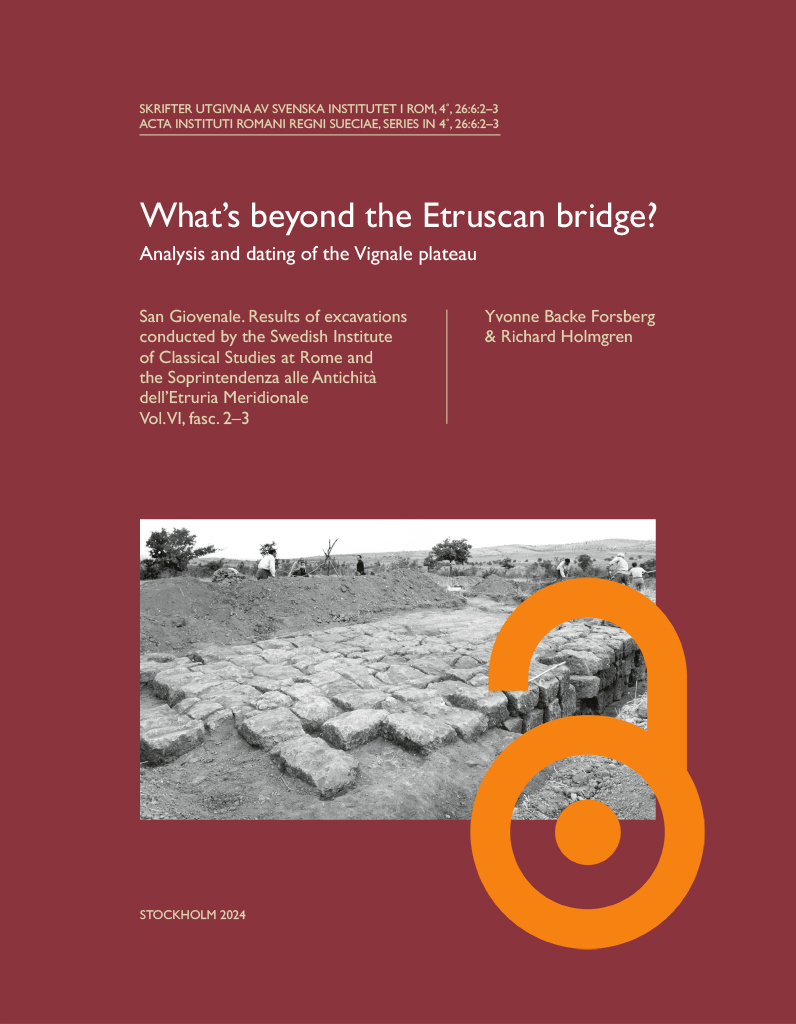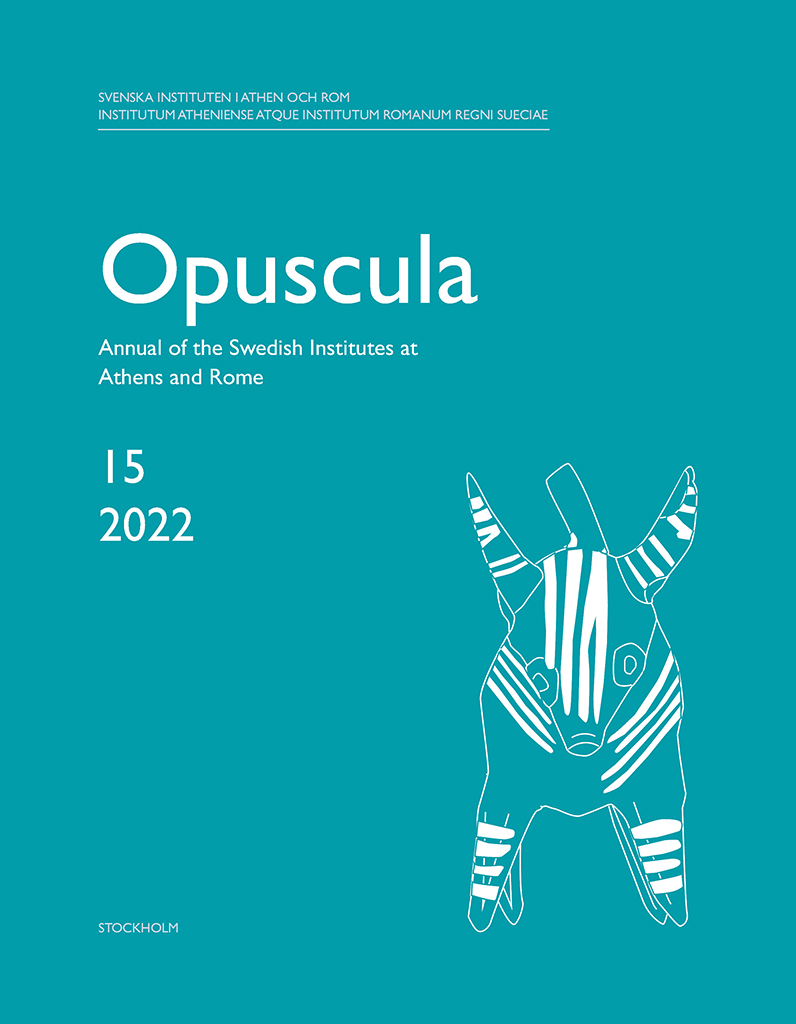Opuscula is published by the Swedish Institutes at Athens and Rome, with the aid of a grant from the Swedish Research Council. Distributed by Eddy.se AB. View journal at ERIH PLUS. All content available with open access. Etruscologia e ideologia nel XX secolo By Marie-Laurence Haack (Université de Picardie) Abstract Etruscology developed in the 20th century as a scientific discipline thanks to and against the ideologies of its time. In Italy, between Unification and the March on Rome, Etruscan studies were encouraged by an exacerbated nationalism. Once Unity was achieved, the Italians had to be made, considering the Etruscans the precursors of Rome and the ancestors of the Italians. Then, from 1922 until the end of World War II, Fascism favoured the structuring of Etruscology thanks to the Istituto di Studi Etruschi, which gave the discipline international visibility, but Fascism also oriented a whole series of Italian studies towards the idea of the autochthony of the Etruscans, against that of a heteroctony, promoted by Nazi Germany to identify the Etruscans as oriental individuals of an inferior race. Only slowly did Etruscologists shed the values associated with fascism and turn towards liberalism or communism to renew their conception of the origin, society…
Opuscula is published by the Swedish Institutes at Athens and Rome, with the aid of a grant from the Swedish Research Council. Distributed by Eddy.se AB. View journal at ERIH PLUS. All content available with open access. The Tomba Åström and the 1969 excavations at San Giovenale By Mattia D’Acri (Princeton University) & Fredrik Tobin-Dodd (Swedish Institute of Classical Studies in Rome) Abstract In June 1969, Paul Åström and a group of students from the Swedish Institute of Classical Studies in Rome conducted a small series of excavations at San Giovenale, an Etruscan site in the inland between Cerveteri and Tarquinia. The material was unpublished until now, but a study of the finds and archival material suggests that it primarily comes from a chamber tomb constructed in the second half of the 7th century BC, in the late Orientalizing period, and probably used for several burials. Bibliographical information Mattia D’Acri & Fredrik Tobin-Dodd, ‘The Tomba Åström and the 1969 excavations at San Giovenale’, Opuscula. Annual of the Swedish Institutes at Athens and Rome 17, Stockholm 2024, pp. 95–111. ISSN 2000-0898. ISBN 978-91-977799-6-8. Softcover, 280 pages. https://doi.org/10.30549/opathrom-17-06
Published by the Swedish Institute of Classical Studies in Rome. Distributed by Eddy.se AB. Open access, use links below. San Giovenale vol. 6, fasc. 2–3. What’s beyond the Etruscan bridge? Analysis and dating of the Vignale plateau By Yvonne Backe Forsberg & Richard Holmgren. Stockholm 2024. ISBN: 978-91-7042-188-4 (hardcover: 345 pp.). https://doi.org/10.30549/actarom-4-26-6-2-3 For more information about the San Giovenale-series, see https://ecsi.se/actarom-4-26/ Abstract The Etruscan site of San Giovenale has been excavated periodically since 1956. From the beginning the main focus has been the question of settlement remains. However, a fundamental area within the site had still not undergone the inquiry necessary for a complete understanding of the site as a whole. The Vignale plateau, connected to the main site by an Etruscan bridge, was surveyed and partly excavated in 1959–1960, but not published. The Vignale Archaeological Project (VAP) began new investigations in 2006 that aimed to answer the question of “What’s beyond the Etruscan bridge?” This publication focuses on the initial investigations of 1959–1960, augmented by new ground- and aerial remote sensing surveys. The current volume is divided in six chapters. Through an introduction, and geological/topographic and historical/archaeological settings (Chapters 1–3), the reader achieves a general understanding of Vignale within…
Opuscula is published by the Swedish Institutes at Athens and Rome, with the aid of a grant from the Swedish Research Council. Distributed by Eddy.se AB. View journal at ERIH PLUS. All content available with open access. Late Etruscan tripod thymiateria By Örjan Wikander Abstract This article is a further development of questions raised in my review of Laura Ambrosini’s magisterial Thymiateria etruschi in bronzo (2002), and it is mainly based upon material gathered by her. Whereas I mostly agree with Ambrosini’s conclusions, the discussion includes some dissent concerning production centres (Chiusi and Tarquinia in particular), chronology (beginning and end-date of production), and the function of the censers. Otherwise, a series of case studies clearly confirms the basic correctness of Ambrosini’s division of the thymiateria by different production centres. The article also expands my earlier views on the varying modes of production and the possible importance of Roman leges sumptuariae for the southern limit of thymiateria diffusion. Except for that, the investigation reveals no traces of influence from the Roman wars and the contemporaneous romanization, but perhaps of the importance of the stands for family status and cultural identity. Bibliographical information Örjan Wikander, ‘Late Etruscan tripod thymiateria’, Opuscula. Annual of…



